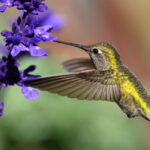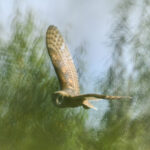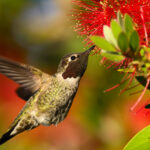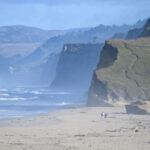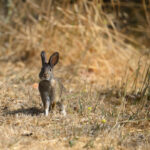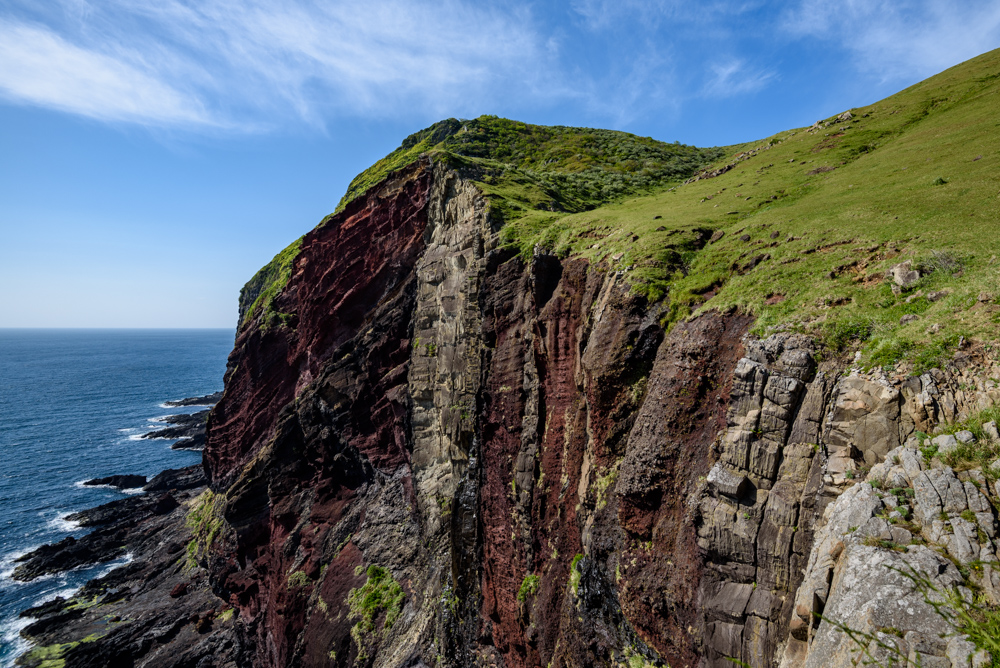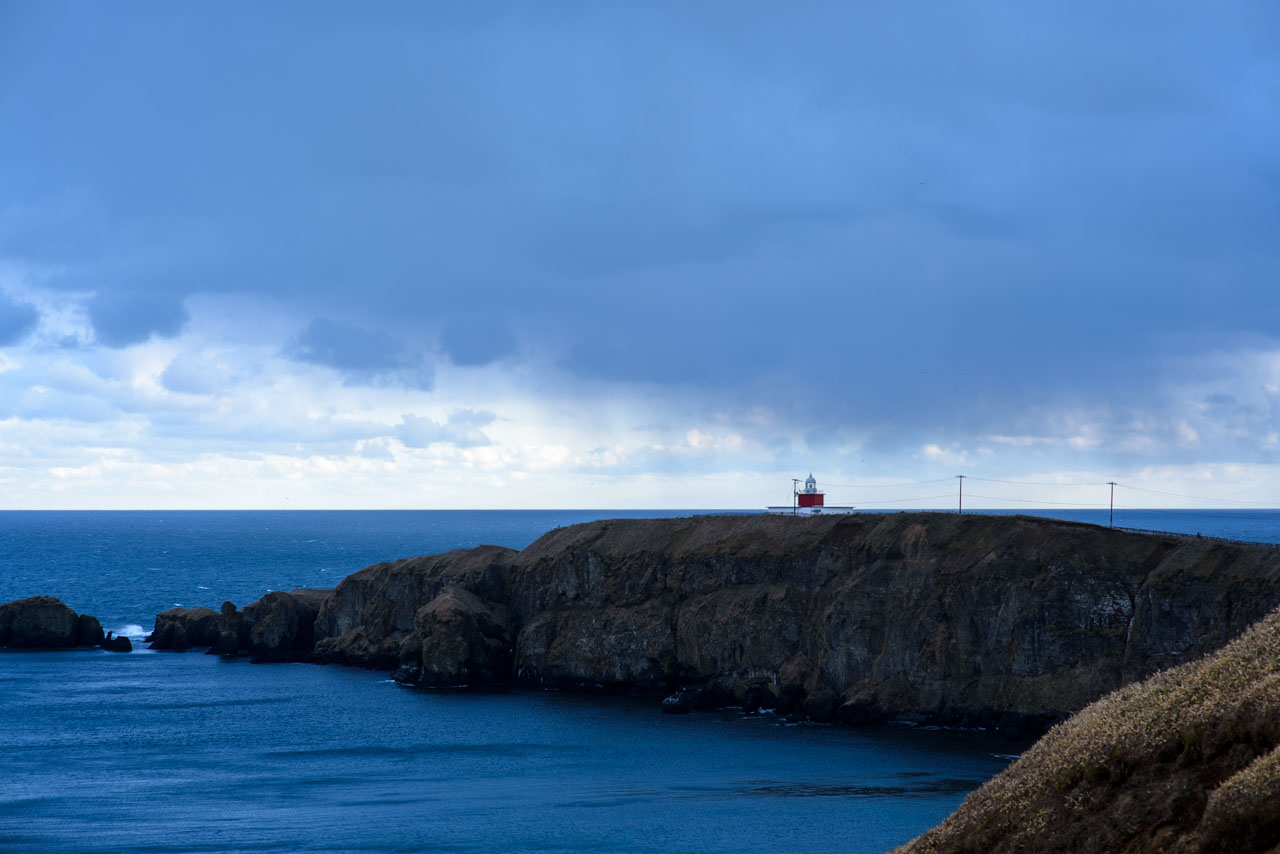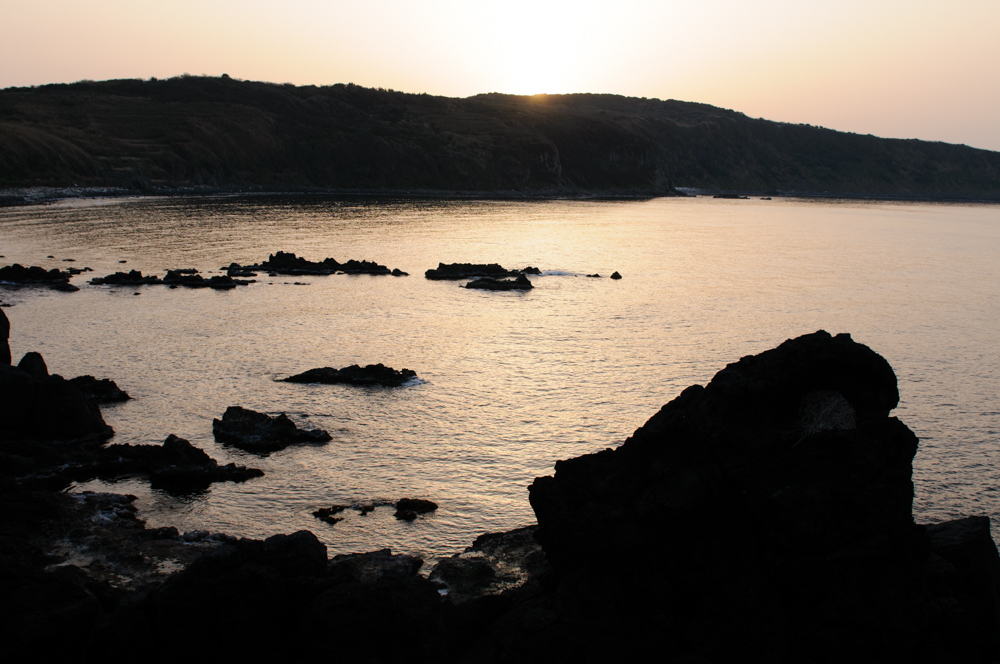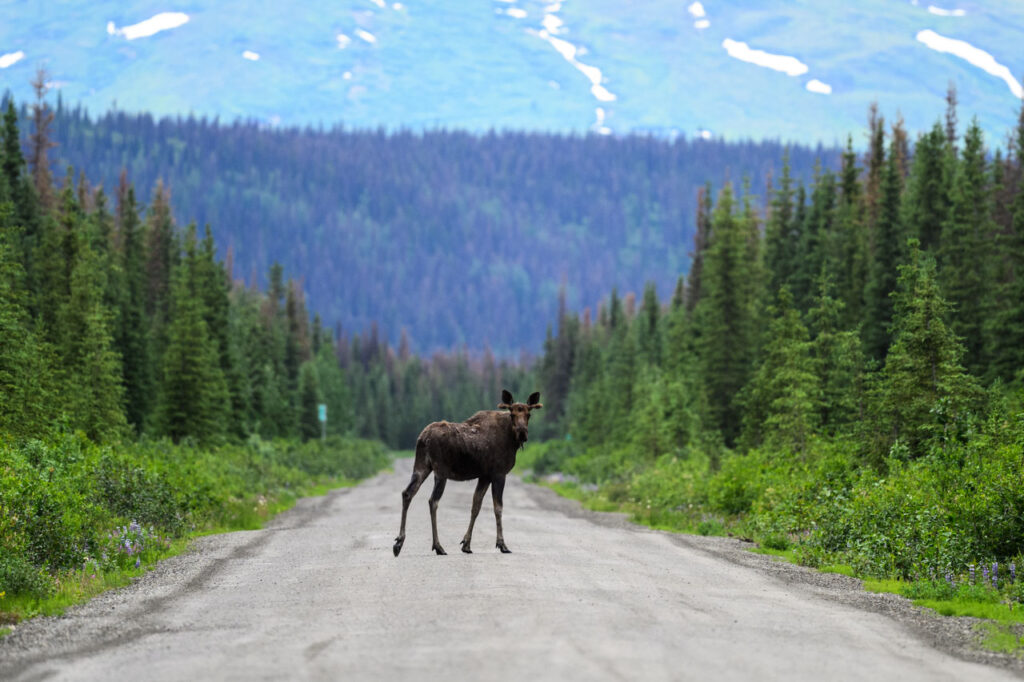
隠岐 その1 / Oki islands Part.1
What comes to mind when you think of “Oki (隠岐)”?
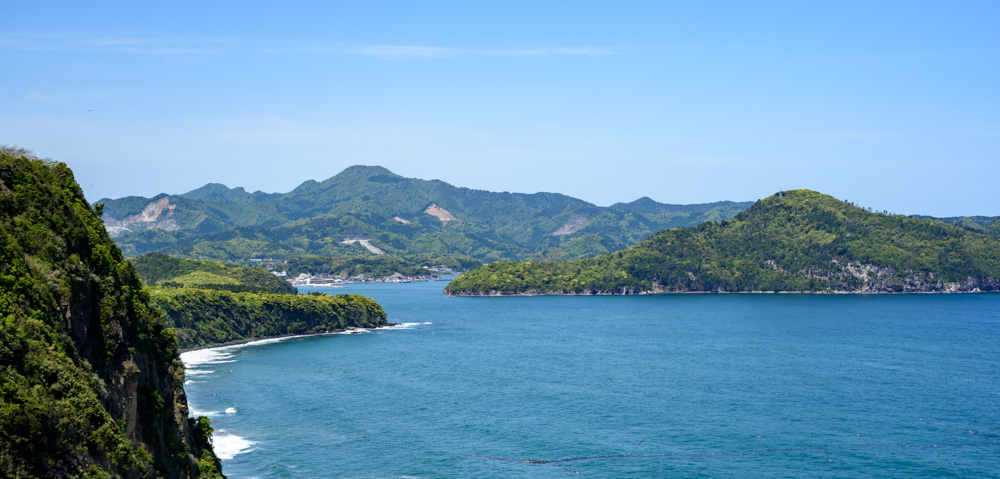
Those who think of the island’s exile may be history buffs.
Of course, the islands are historically very interesting, but in fact, their natural environment is also attracting attention. The Oki Islands are largely divided into the Do-zen (島前) and Do-go (島後) areas, both of which are derived from huge volcanoes (check out the map!). ). This is why the Oki Islands have magnificent and dynamic landforms that are rarely seen on the mainland. In recognition of this uniqueness, the area has been recognized as an “Oki UNESCO World Geopark.
As a lover of the San-in region, which is rich in nature, uncrowded, rich in history, and delicious food, I could not help but be curious about Oki. Then, I decided to go there as a family trip during GW. Although it was not a photography trip, I would like to show you some of the charms of Oki through photographs.
In Part 1, I will introduce Do-go (Okino-shima), which has a large population and is the main entrance to the Oki Islands, and in Part 2, I will introduce Do-zen (Nakano-shima, Nishino-shima, and Chiburi-jima), where you can fully enjoy the fun of the remote islands.
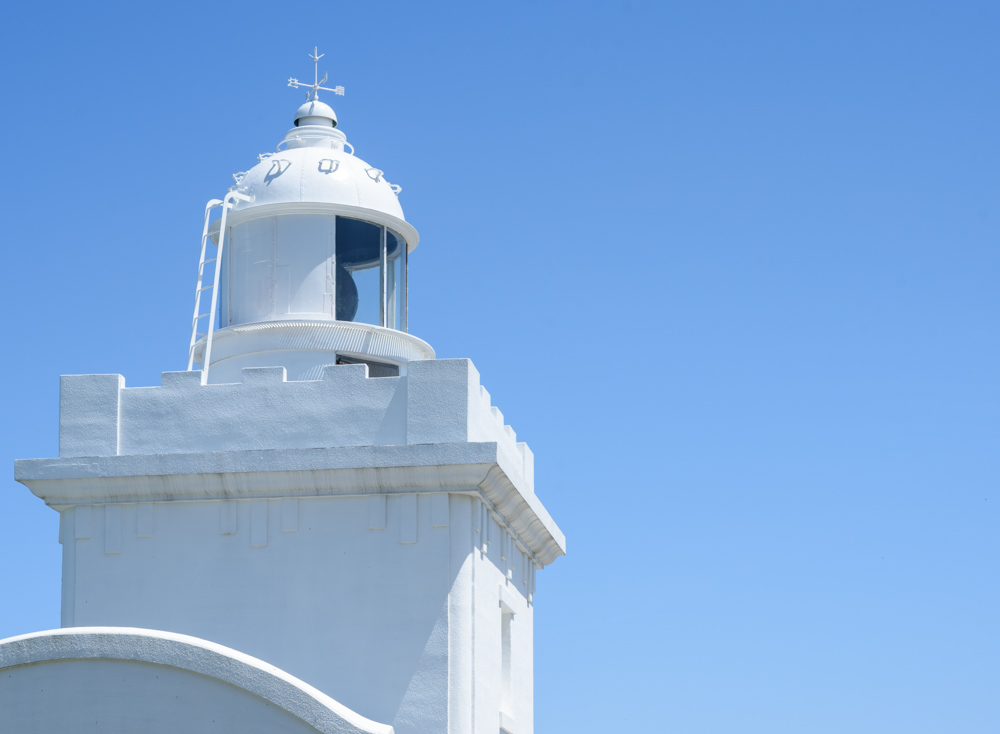
There are two routes to Oki: by ferry or high-speed boat from Sakai-minato, or by plane. Airplanes fly between Izumo and Osaka.
Traveling to remote islands has the problem of boat flights being cancelled due to sea conditions. Most people make reservations months in advance, so it is rather a matter of luck whether they can get there and back safely as scheduled. Compared to boats, airplanes seem to have less risk of being cancelled, but they are more expensive. Including the waiting time, the time required is actually not much different from that of a high-speed boat.
All have their advantages and disadvantages, but from my experience of taking the ferry on the way there and the speedboat on the way back, I thought the speedboat offered a good balance of time, price, and comfort.
The second class ferry during GW was so crowded that I could not stretch my legs, so we paid an extra fee to move to the extra second class, which made our trip much more comfortable. I would recommend this as you can make a decision based on how crowded it is.
Rental cars are essential to get around the island. You should make sure to reserve a car. A light car (kei-car, cars below 660 cc class) is sufficient. In fact, there are many narrow roads, so it is easier to drive a light car.
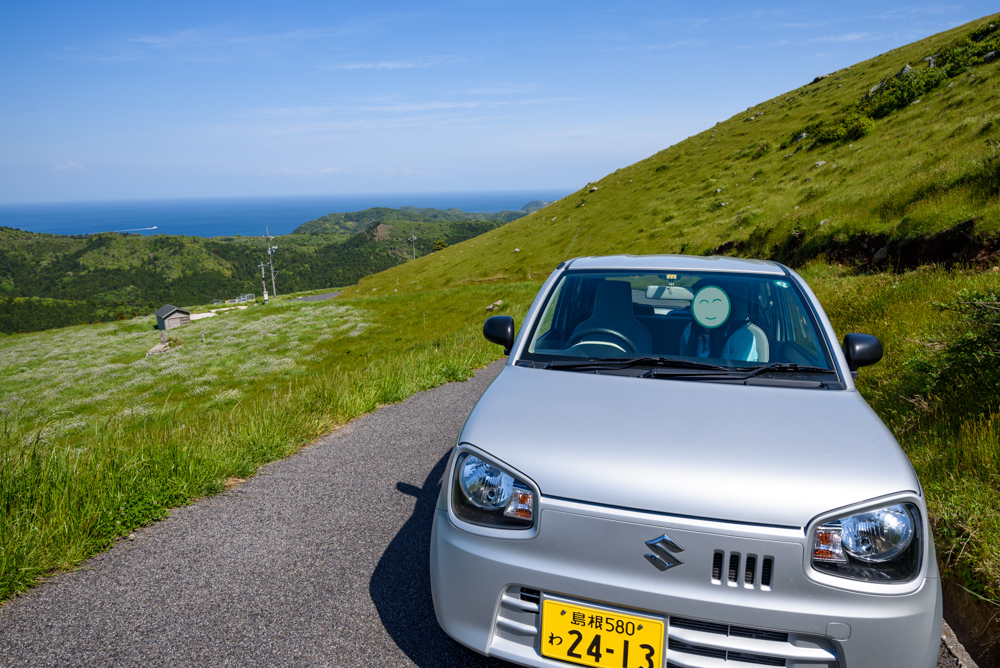
Now, in fact, due to recent natural disasters, as of May 2022, several of the island’s posterior landmarks cannot be seen due to road closures. The famous Iwakura chichi-cedar (乳房杉) is also not allowed. We can only hope for a speedy restoration.
It was against this backdrop that we visited the Mizuwakasu Shrine (水若酢神社). The shrine was recorded in the Engishiki (延喜式), a book of Shinto shrine names, in the Heian period (794-1185), making it a shrine with a long history of devotion.
The structure of the main shrine is called “Oki Zukuri” and is designated as a National Important Cultural Property.
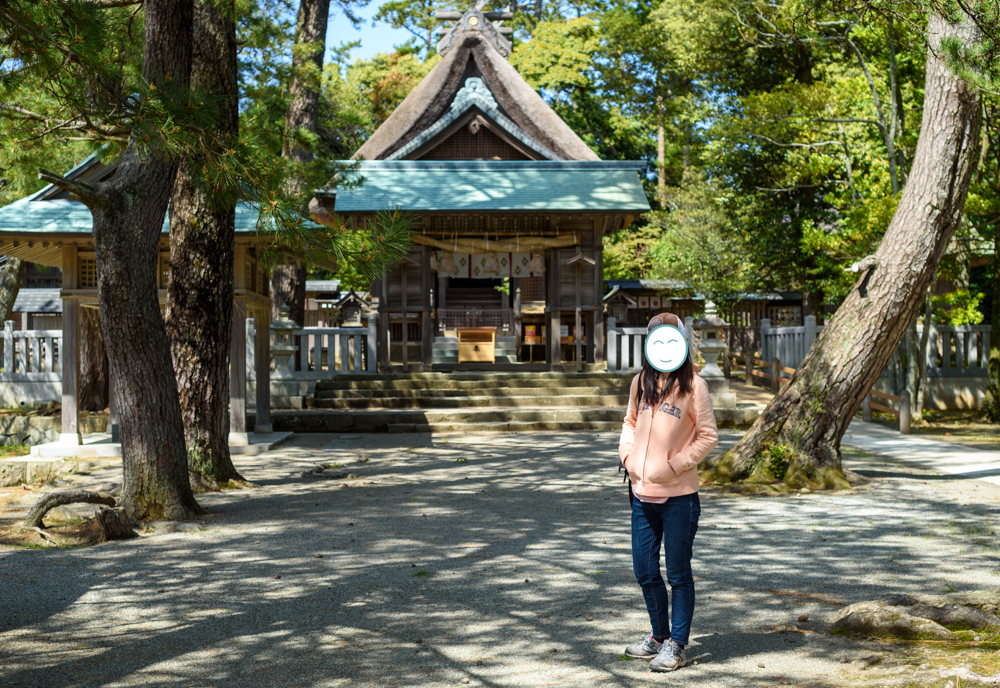
The precincts of the shrine are unexpectedly spacious, and the space evokes a sense of history. There is also a magnificent ring.
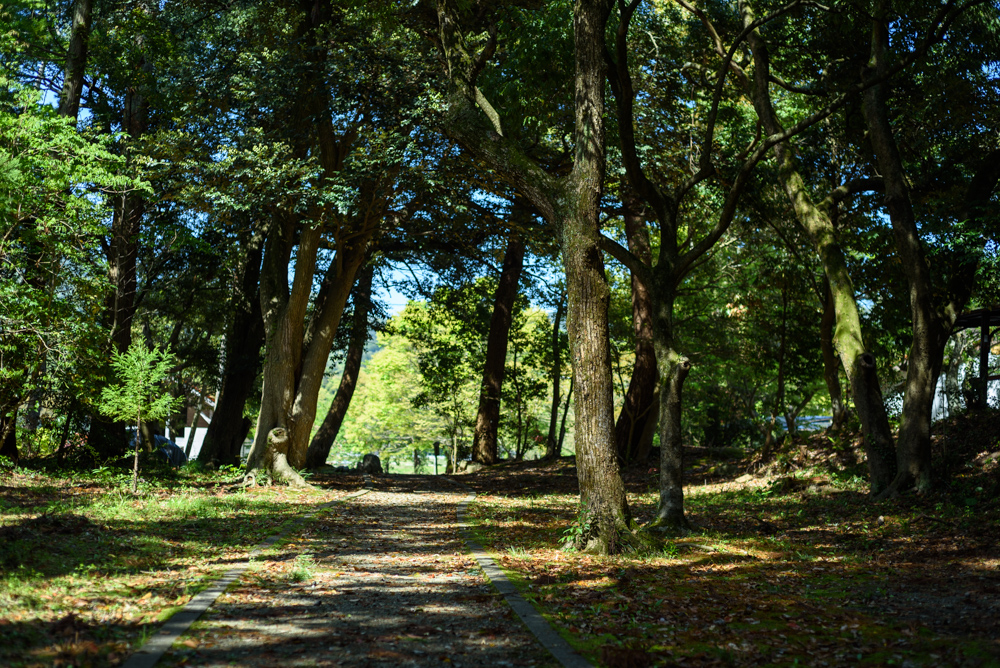
There are many kinds of omikuji, and the Daruma omikuji, in which you choose your favorite Daruma doll, is cute.
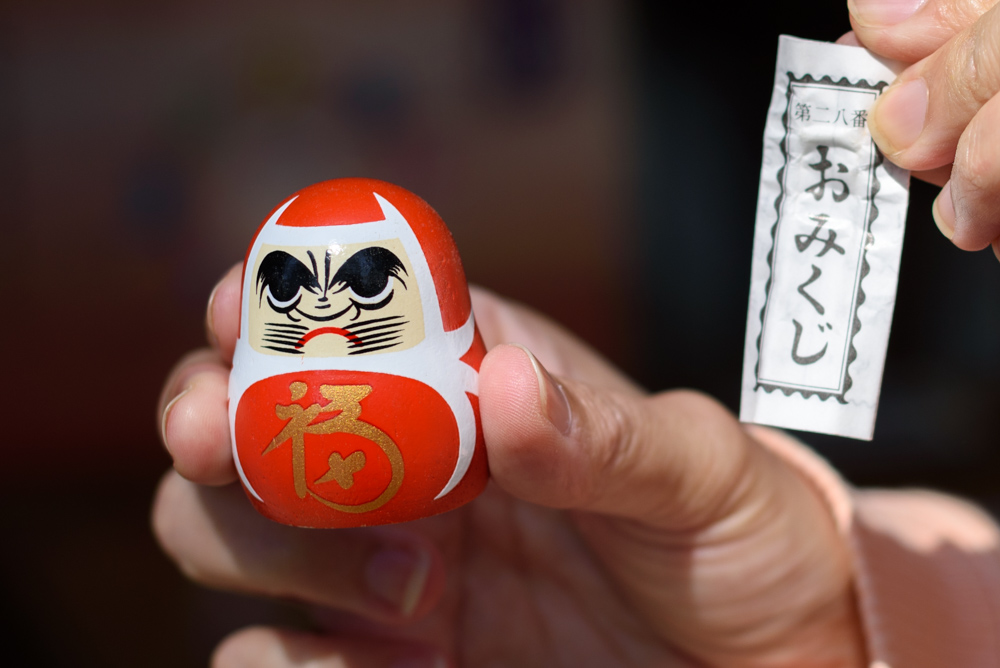
The Oki Local History Museum is located on the premises. Souvenirs can be purchased in the building next to the museum. It seems that there are several kinds of seaweed salt chocolates on the island, and the ones available here seem to be reasonably priced.
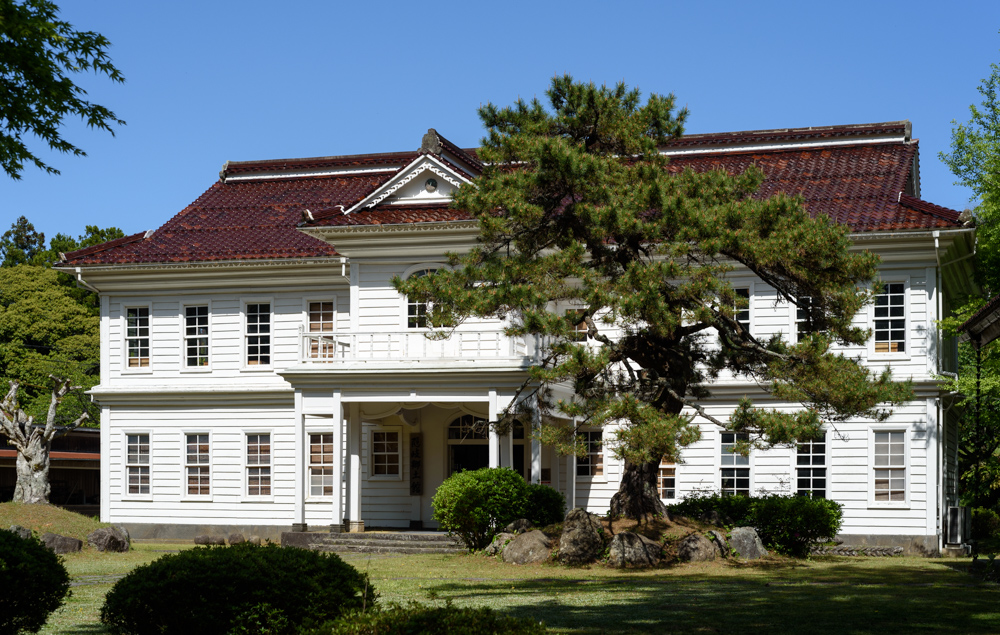
Yuimaeno-su (油井前の洲), one of the recommended spots for sunset in Do-go. The time of day was still early for the sunset. The shallow beach reflects the sky.
The island is actually quite large, with a circumference of about 200 km. We had to be prepared for a very tight schedule if we wanted to circle the island while stopping at tourist spots. Since here in Yuimaeno-su is also far from Saigo, where our hotel is located, we really wanted to come here at sunset, but decided against it.
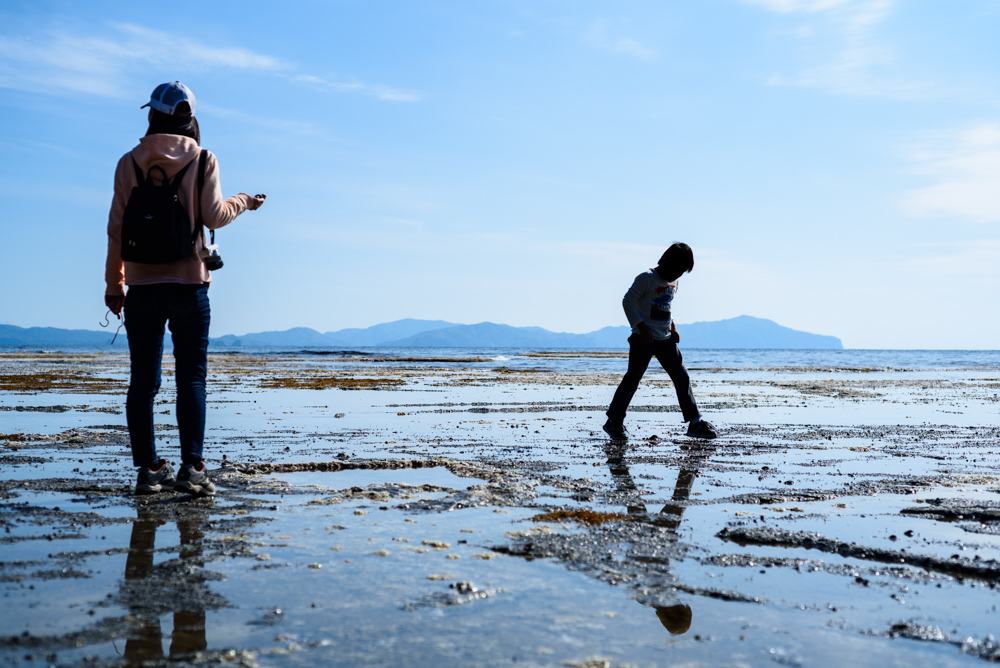
While most of the scenic spots were closed to traffic, Dangyo Falls (壇鏡の滝) was reopened to traffic in time for the GW period.
Although the waterfall is a classic scenic spot, to tell the truth, I did not have high expectations. Waterfalls are all similar, right? I thought. Still, there were no other good candidates, so we decided to stop by.
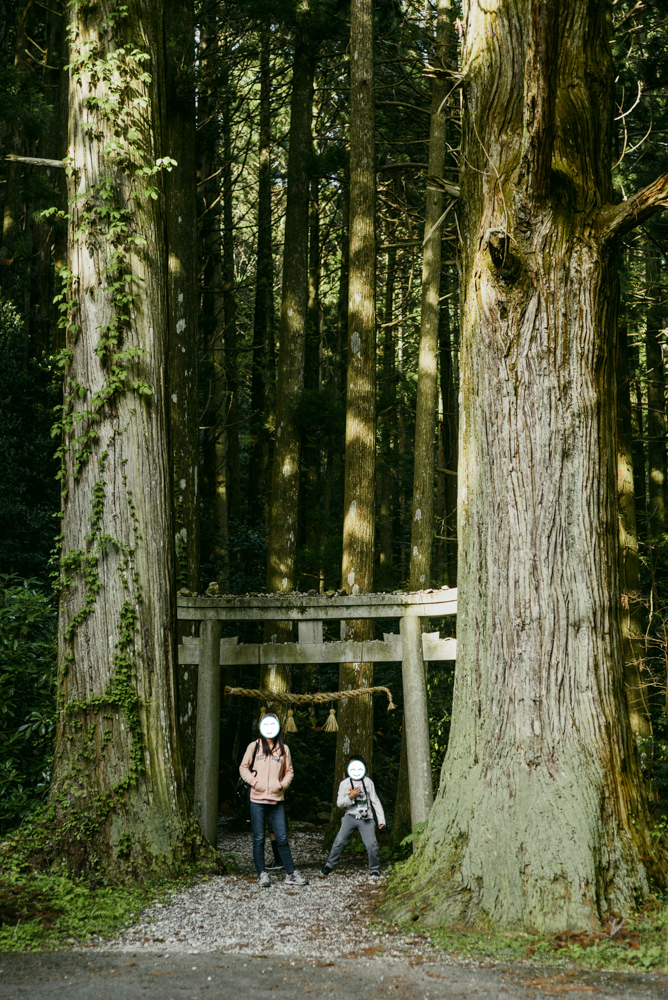
As we walked up the approach starting from a huge cedar trees, we found a waterfall and a shrine at the end of the path. The waterfall was three times larger than I had imagined, which surprised me. Since I had only a 50mm lens and could not capture the whole scene, I tried to make a vertical panorama with about 20 shots.。
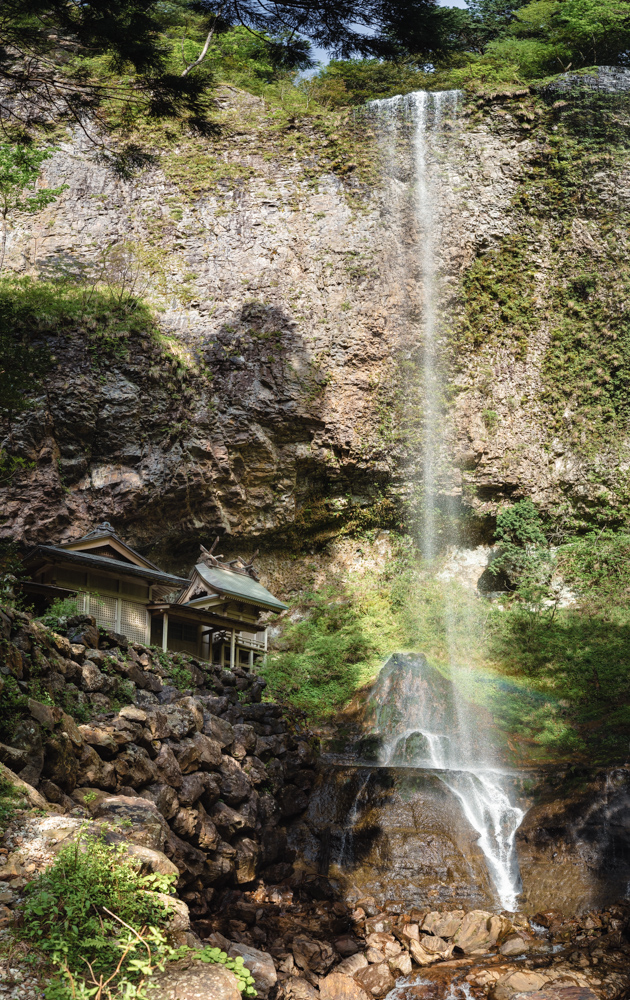
The area around the shrine and the waterfall basin seen in the photo above seems to be prone to falling rocks, and there is a warning sign, if not a ban on entry. It is true that the surface of the rocks is weathered and looks as if it might be prone to falling rocks.
There are Japanese and English versions of the warning signs. The comparison is interesting.
The Japanese version says, “進入はご遠慮願います” and the tone is more like, “Please don’t enter.” While the English version says, “Enter at your own risk.”
It seems that the English translation was not simply an English translation, but was created based on the culture and thinking of the English-speaking world.
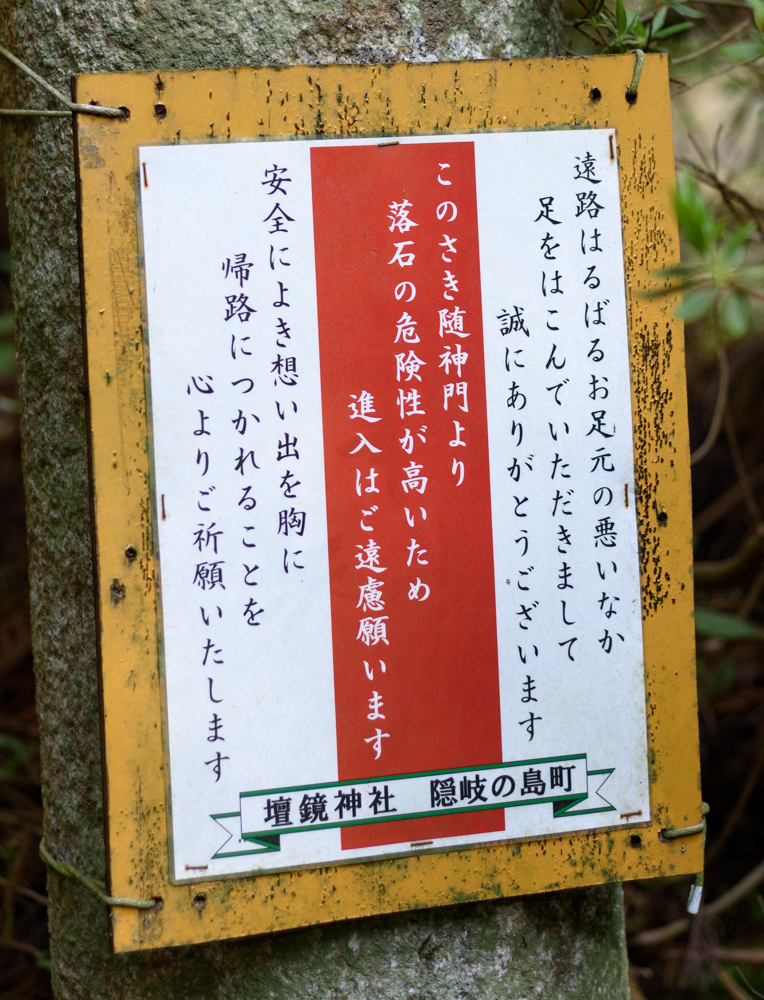
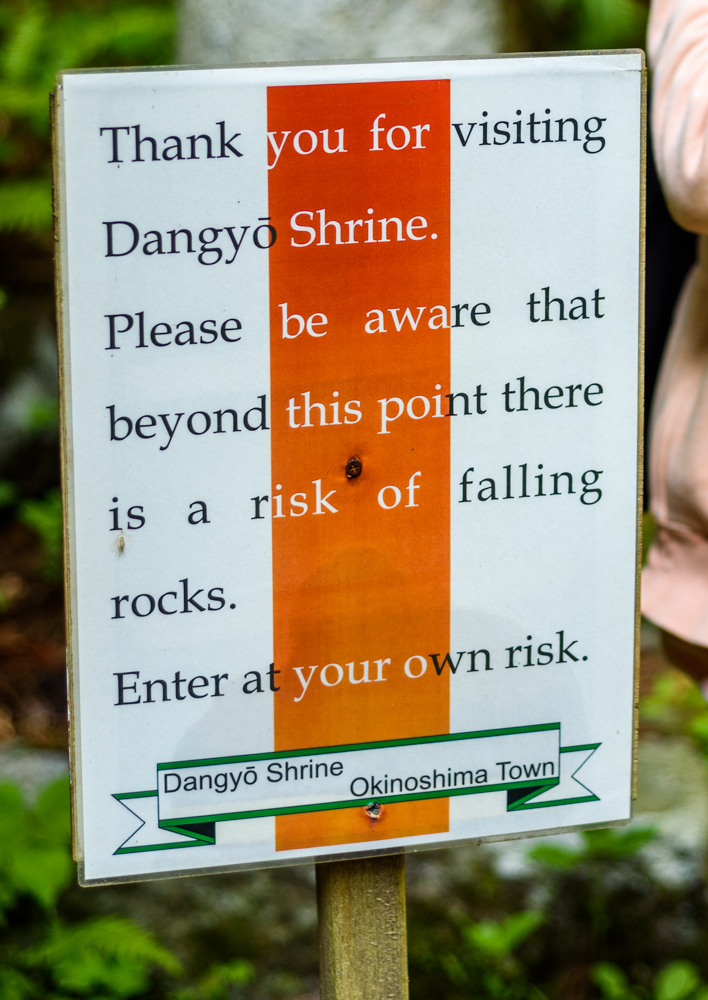
Since it was spring on a remote island, I also brought a super-telephoto lens in hopes of observing migratory birds. However, the results were not so good.
After all, even though it is a remote island, it is 200 km in circumference. I could not narrow down the point at all. I am sure that many birds have landed on the island…
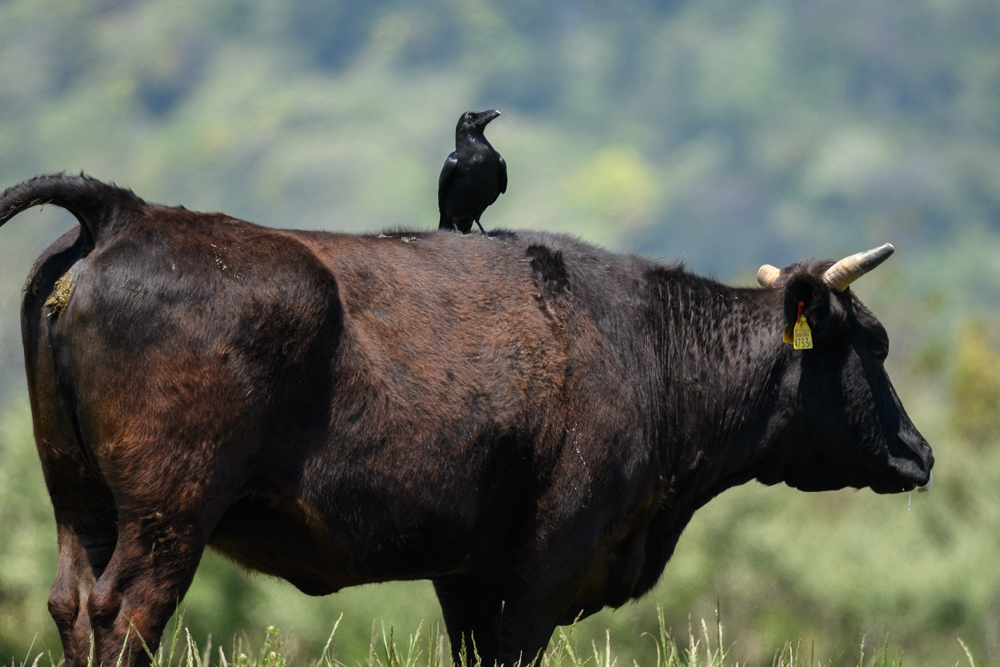
The next day, before returning the rental car, I stopped at Tamawakasumikoto Shrine (玉若酢命神社). It is located just a short drive from Saigo Port.
It is a small shrine, but it is one of the three major shrines in Oki and is also very prestigious. The huge tree at the entrance is quite a sight to see.
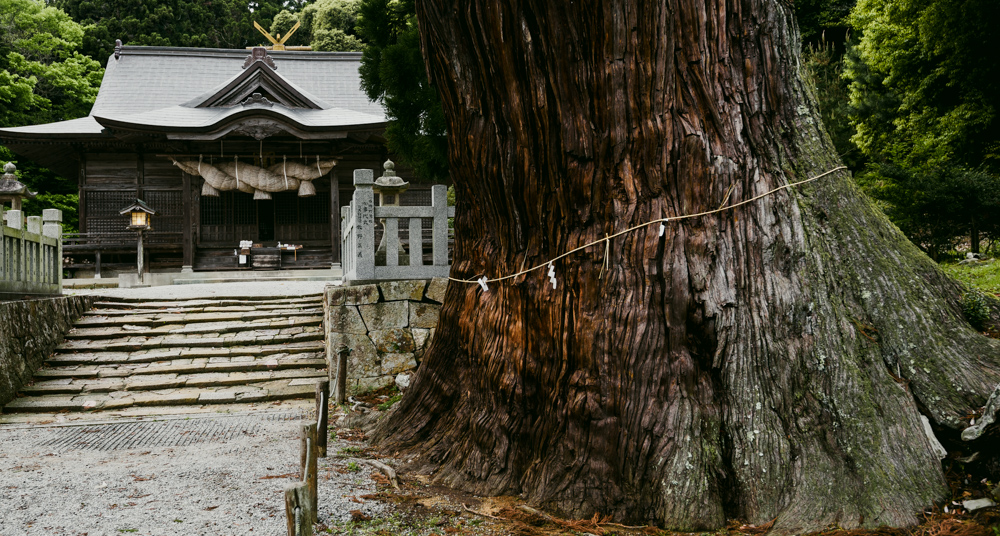
Continue to No.2 (Do-zen island)
